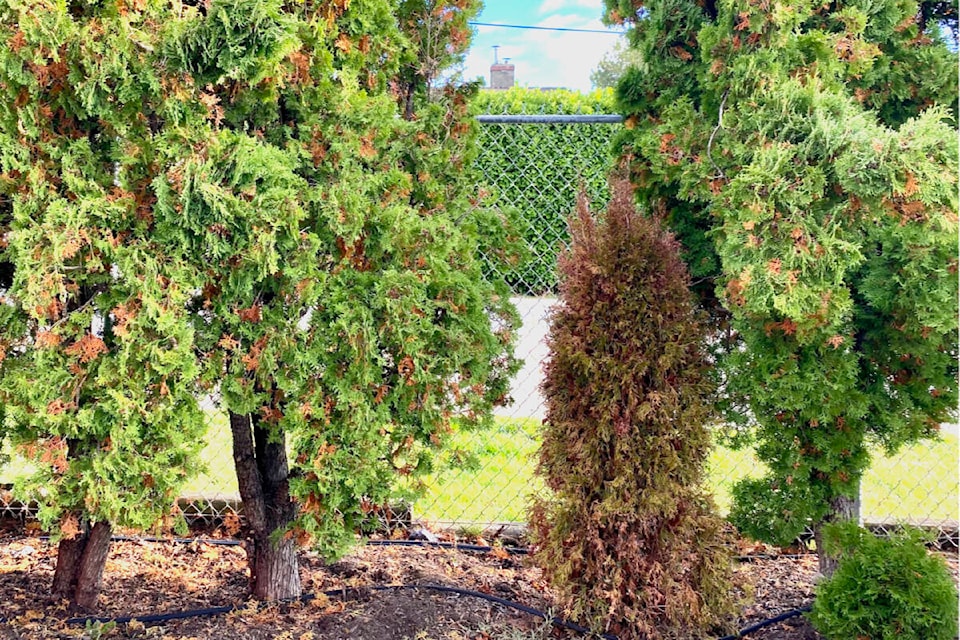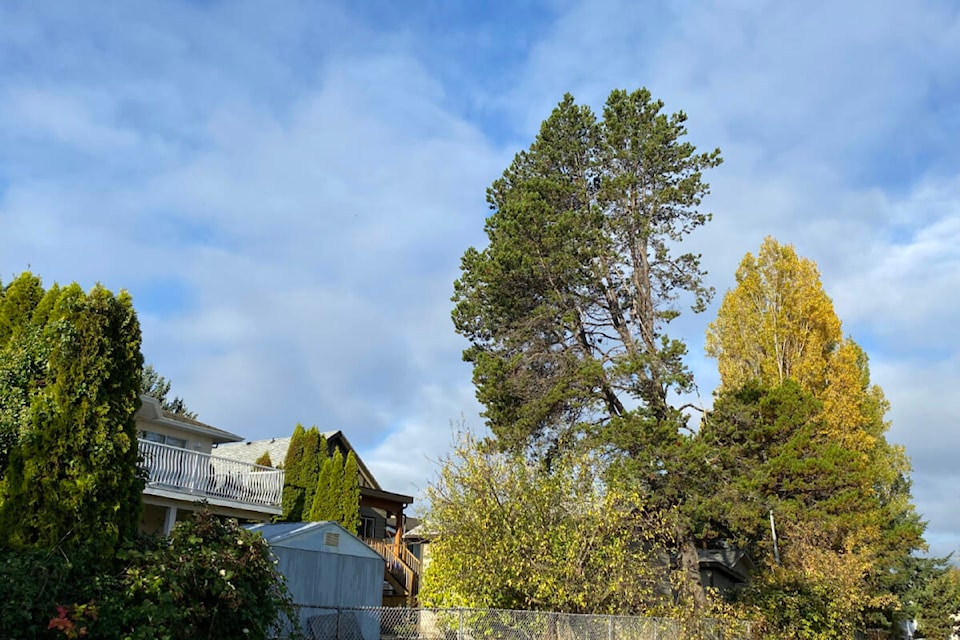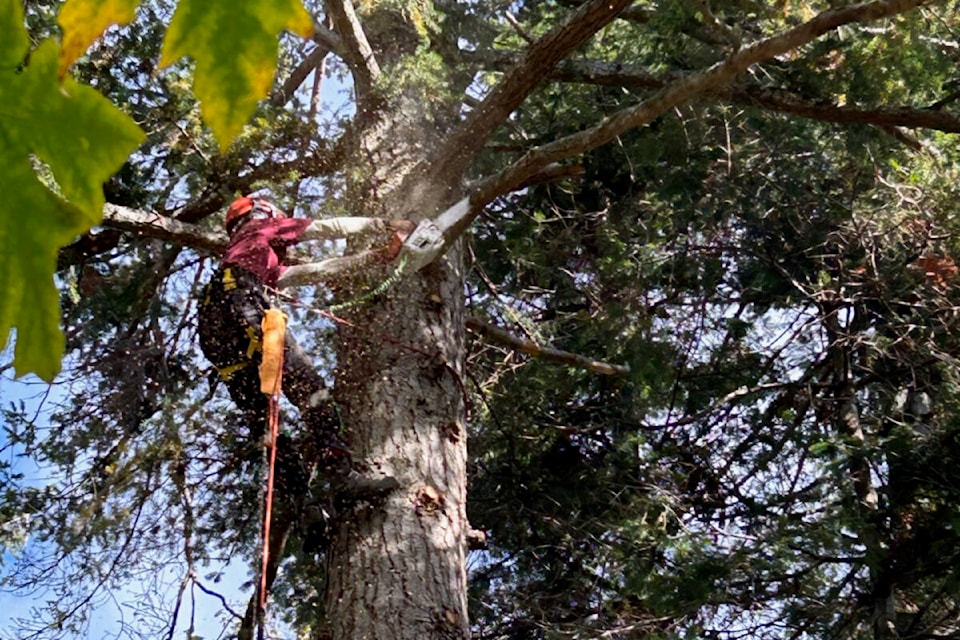Q: I usually leave my trees to take care of themselves naturally, but after this dry summer a lot of them are looking particularly unhappy. Is there anything I should be doing to help them out this fall?
A: When the seasons change, it’s important to ensure that your trees are ready to withstand the challenges ahead. On Southern Vancouver Island, trees have weathered another long summer drought and now face the challenges of fall’s wind and winter’s snow.
Routine tree maintenance is key to preventing potential hazards and property damage caused by falling branches or uprooted trees, says Jared Witt of Osprey Tree Service, which serves southern Vancouver Island and the Gulf Islands from their base in Metchosin.

Autumn checklist for trees and shrubs:
- Hedge Maintenance:
- Trim and shape hedges to maintain their desired size and form.
- Remove dead or diseased branches.
- Clear debris from the base of hedges to promote air circulation.
- Remove sick or dying conifer hedges and replace with more drought tolerant and wildfire resilient hedges like English or Portuguese Laurel, or a mixed deciduous hedgerow.
- Fruit Tree Maintenance:
- Prune dead, damaged, or diseased branches.
- Apply organic mulch around the base of fruit trees to retain moisture and suppress weeds.
- Inspect trees for excessive numbers of aphids, scale, mites or other fruit damaging insects to determine if a winter application of dormant oil is needed.
- Rake and remove dropped leaves and fruit to prevent harmful spores and diseases from overwintering and reinfecting your trees next spring.
- Tree Health Assessment and Maintenance:
- Remove dead or diseased branches and tops to prevent breakage in strong winds.
- Prune deciduous trees for shape, remove crossed and touching branches which could be damaged by rubbing and may foster diseases due poor air circulation.
- Prune conifers for stability and safety. Shorten long branches hanging over structures or valuable property, thin branches unevenly distributed to one side, and remove extra tops from previously topped trees
- Continuously monitor all trees for signs of fungal infections and fruiting bodies (mushroom-like growths), especially in the stems of tall conifers. These often indicate rotten weak spots inside an otherwise healthy looking tree, that could result in the stem snapping completely.
- Check for new leans or excessive leans, which may indicate increased potential of trees falling over.
- Apply a healthy layer of good mulch or compost on the ground around trees to encourage healthy root growth and water retention. Take care to not pile mulch against the trunk, and try to spread it as wide as the canopy of the tree for maximum benefit.
Osprey Tree Service is based on the West Shore of Victoria, BC and primarily serves southern Vancouver Island and the Gulf Islands. Learn more at ospreytreeservice.ca. For hourly rates or a free quote, call 250-474-7993 or email info@ospreytreeservice.ca.

